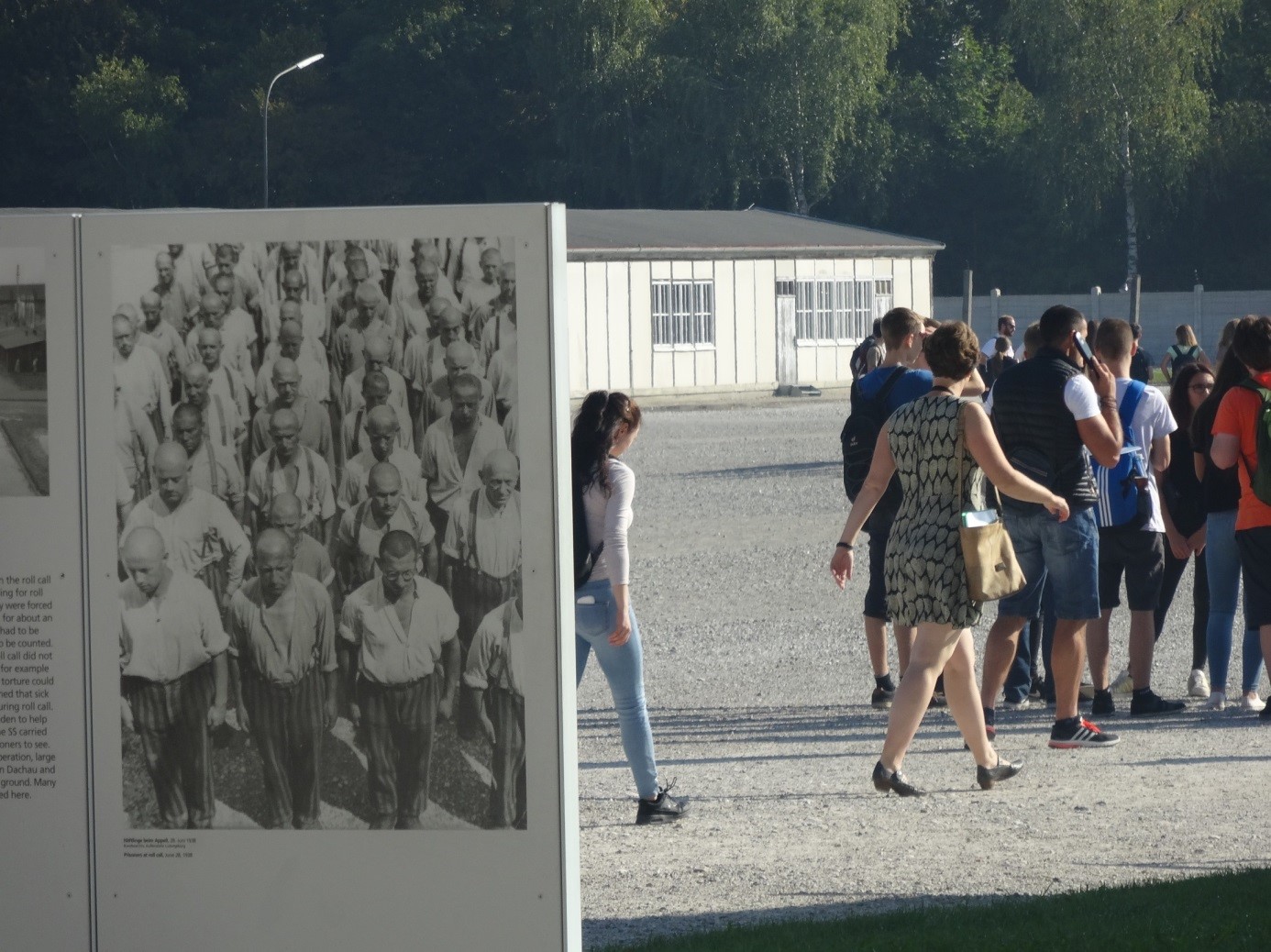Michael Penzold: Effective teaching and learning during and after a visit to a memorial site – "Longue durée" Education
Biographical statement
The topic of the holocaust concerns me again and again – although not necessarily continuously. The city I grew up in was almost completely destroyed in World War II. Pictures and reports of the destruction left me restless as a child. One of my history teachers researched the history of Jewish people in our town and published his findings in the local newspaper. Additionally, one of my German teachers had us read and discuss "Jugend ohne Gott" (The Age of the Fish) by Ödön von Horváth. I am very grateful for both of these teachers. When I became a teacher myself the holocaust and its historical context became more and more important to me, due to my personal experiences as a student. I still think about the first field trip to the concentration camp site Dachau as a teacher.
I remember times when the topic felt too massive to me, times when I tried to escape the topic. However I also remember reading Primo Levi’s book "Se questo è un uomo" (If This Is a Man), it was a particularly intense and long-lasting experience. Later on I used the published dialog between Elie Wiesel and Jorge Semprun to answer all of my questions on how to approach holocaust education. I find the dialog’s approach to be very helpful in regards to creating a classroom education that is oriented towards generating questions from the students. I think this kind of education is essential for successful holocaust education.
The following picture illustrates my current point of view:

Private photograh, taken September 2016
Research interest
In my opinion, teachers play an essential role in spreading knowledge about Nazi crimes and the holocaust.
- But, how can teachers achieve an interesting, thoughtful and effective presentation of the topic?
- How do they use the memorial site tour guides for their teaching – and for themselves?
- Which implicit or explicit didactical ideas do they follow when teaching this topic?
- Which type of visitor group do they associate themselves with at memorial sites?
Goal
My research aims to outline different teachers’ ideas on teaching school and memorial site. Connected to this is the question of how the holocaust and other Nazi crimes can be approached in interdisciplinary teaching so that they are presented as: pluralistic, aesthetic, ethical and politically conscious. Further, I hope to answer the following question: can the ideas of the interviewed teachers be used to derive didactics of ‘longue durée’ – didactics of sustainability and duration?

